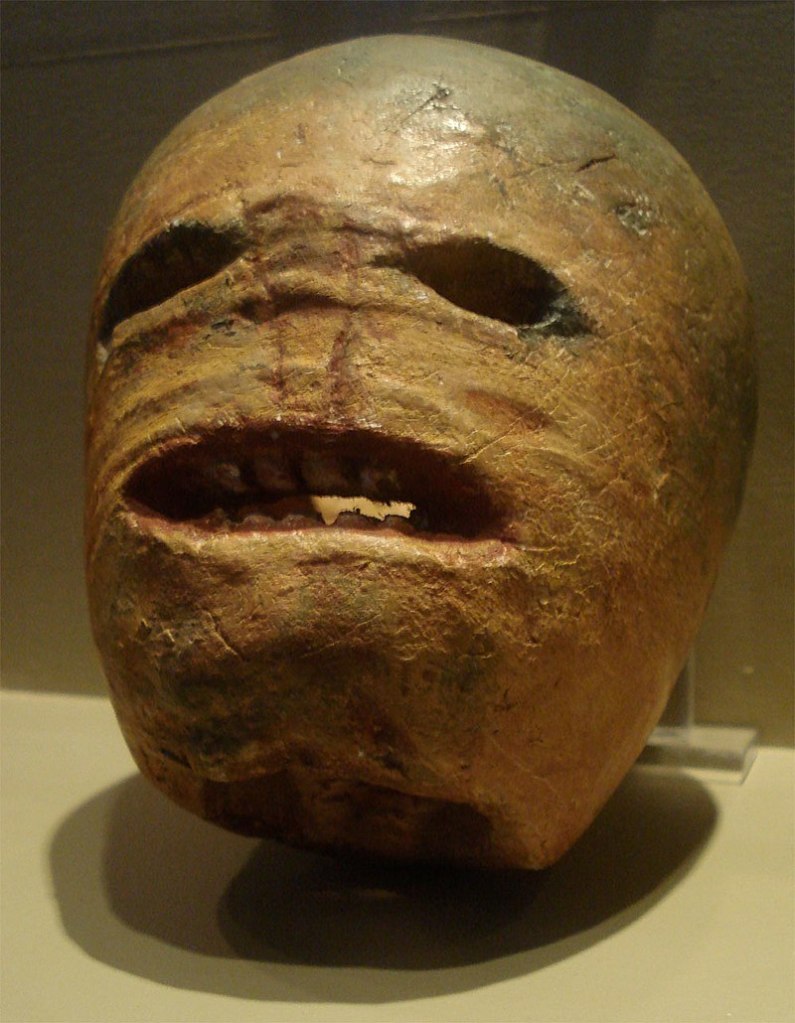
It is said that the air transport of patients began during the siege of Paris in 1870, where wounded soldiers were supposed to be evacuated to safety by hot air balloons. However, some scholars aren’t convinced that that’s what really happened and link this historical rumor to the popularity of Jules Verne’s stories about balloons. Regardless of the truth, by the end of the nineteenth century there were at least a couple of people who proposed air transportation of patients.
One of them was a Dutchman called M. de Mooy, who designed a system in which a stretcher could be suspended from a balloon, which in turn could be gently steered by horses in the right direction. So, was this idea ever really applied outside of experiments? I’d love to see some primary sources on the subject, let me know if you know more about balloon ambulances. 🙂 In the meantime, check out this Sawbones episode on ambulance history.
Also, would you like to be transported this way in case of an emergency?










